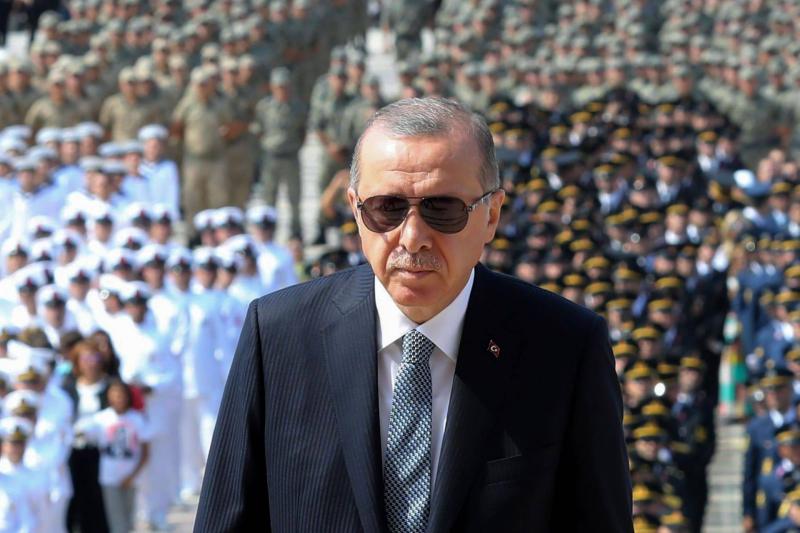Following the fall of Damascus, over the last three months, the Iranian regime has exerted a significant effort to prevent any potential clashes with Turkey under the leadership of President Recep Tayyip Erdoğan. The blow to the Iranian regime due to its loss in Syria was significant, with profound consequences and implications.
Despite this, Iran’s Supreme Leader refrained from directly naming the Turkish government when discussing the conspiracy triangle Iran faced in Syria, along with Israel and the United States. However, several high-ranking Iranian officials, both political and military, openly accused Turkey of direct involvement.
The Iranian leadership closely monitored Turkey's role in supporting the military operations initiated by the "Hayat Tahrir al-Sham" forces. They observed Erdoğan’s precise orchestration of the military operations’ progression from one city to another. These developments forced Tehran to accept the reality and recognize the changes on both Syrian and regional fronts; leading them to reassess their regional project in light of the emerging Turkish influence. Therefore, Iran had to seek ways to adapt to this setback and strategize new approaches to these developments.
The silent rivalry between Tehran and Ankara is not new. Apart from its historical roots, it has manifested in various forms over the past four decades, particularly concerning the Islamic political model promoted by Turkish Islamists in opposition to Iran’s model. In fact, many reformist voices within the Iranian system have, at times, advocated adopting Turkey’s approach to political Islam.
However, the centralizing leadership style of Erdoğan has been comforting to the Iranian leadership, considering that Turkey’s Western experience of political Islam no longer serves as the optimal model for Iran. Yet, a new challenge arose for both nations at the beginning of the Arab Spring, leading to a competition between Iran’s expanding regional project and Turkey’s ambition to be a leader among the emerging new Islamist authorities.
The competition between Iran and Turkey extends beyond strategic depth but evolves into more complex challenges for Iran, considering Erdoğan's geopolitical ambitions impacting Iran's strategic surroundings. This isn't confined to the Middle East but has ramifications in Central Asia, the South Caucasus, and Iran’s eastern borders with Afghanistan and Pakistan.
A notable signal was Erdoğan’s strong support for Azerbaijan under President Ilham Aliyev, especially concerning its ambitions for a geopolitical shift in its boundaries with Armenia. This support also increased tensions between Tehran and Baku, almost leading to conflict in late summer 2021.
Turkey's ambitions to replace Iran aren't limited to the South Caucasus. Erdoğan aims to establish a “Turkish Crescent” linking Turkey with Central Asian countries and building transport corridors that bypass Iran, connecting Asian depths to Turkey’s coasts towards Europe. This includes cultural overtures, such as attempts to claim Persian cultural figures such as Rumi and Nizami Ganjavi as part of Turkish heritage.
The latest in Erdoğan's cultural claims was regarding Norouz, an event he described as a shared tradition among Turkic-speaking countries. Tensions in Iranian cities like Urmia, between Azeri Turks and Kurds during Norouz celebrations added further internal challenges, seen as indicators of a geopolitical threat to Iran's national security. This concern is compounded by the demands for autonomy in Azerbaijan’s provinces, backed by Turkey and Azerbaijan, raising Turkish flags and rejecting Persian in favor of Turkish language, heightening tensions with Iran.
These developments are critical as Iran faces external pressures from potential US actions under Donald Trump, putting the Iranian regime in a tight spot. The Turkish stance is seen as exacerbating the situation, putting Iran between external threats and internal unrest that could spark broader ethnic and regional conflicts.



